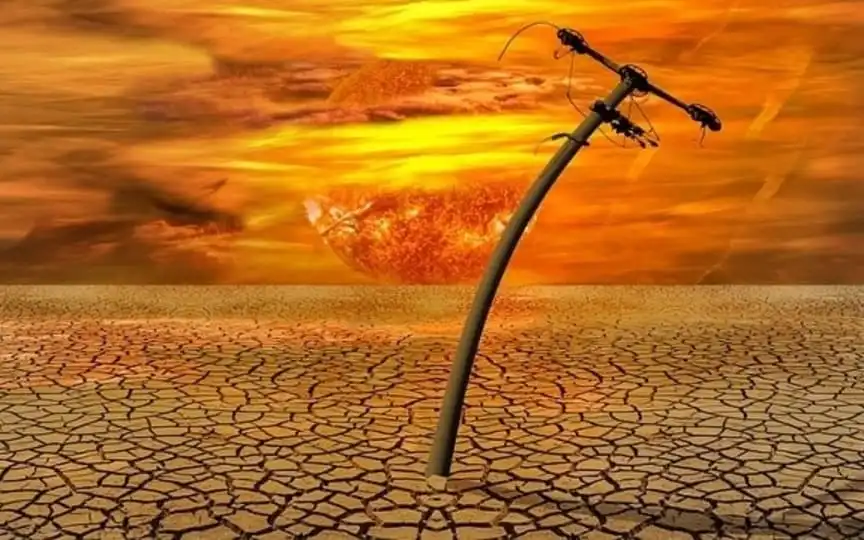Feel the Force of Nature: Solar Storms Heading Our Way!
According to a recent forecast, three coronal mass ejections had a chance of hitting the Earth this week. The forecast provided different probabilities based on various factors that could affect the strength of the resulting solar storm. However, it happened that the conditions aligned in an unusual way, leading to the most severe solar event possible, a G3-class storm, occurring on November 6. Although much of the storm has calmed down, it appears that it will continue for some time. Currently, a stream of solar winds is heading towards Earth, which could potentially trigger another round of solar storms. These storms could reach the intensity of a G2-class storm, which is expected to occur today, November 7.
According to a SpaceWeather.com report, “NOAA forecasters say there is a chance for G2 geomagnetic storms today, November 7, when the fading effects of Sunday’s CME may overlap with the incoming solar wind stream. Earth’s magnetosphere is already humming with G1 activity, and pushing it it takes a lot to cross the threshold to the G2 level”.
Strong solar storm activity is plaguing the Earth
On November 6, only two of the three CMEs made contact with Earth, but nevertheless the resulting geomagnetic storm reached G3 intensity. It is believed that the first CME could have been a cannibalized CME, a hybrid of two different CME clouds. However, we have no confirmation of this.
“Two CMEs hit Earth over the weekend – one on Saturday, November 4 and the other on Sunday, November 5. The twin shocks produced a powerful G3 geomagnetic storm, with auroras as far south as Colorado (+40.1 N) and Texas (+33.6 N), another SpaceWeathet.com report revealed.
Unlike in March, this time the impact of this solar storm on the country is yet to come. The last time a G3 storm hit, Canada’s oil rigs were forced to shut down due to high levels of static electricity in the atmosphere.
How NOAA’s DSCOVR satellite observes the sun
NOAA monitors solar storms and the Sun’s behavior with its DSCOVR satellite, launched in 2016. The returned data is then run through the Space Weather Prediction Center and the final analysis is done. Various measurements are made of the temperature, speed, density, degree of orientation and frequency of solar particles.
One more thing! ReturnByte is now on WhatsApp channels! Click here to join so that you never miss any updates from the world of technology.




